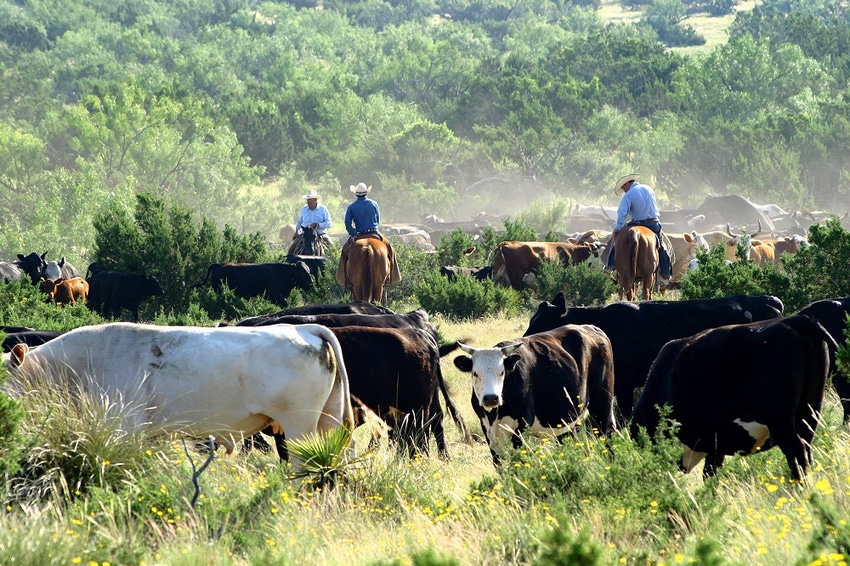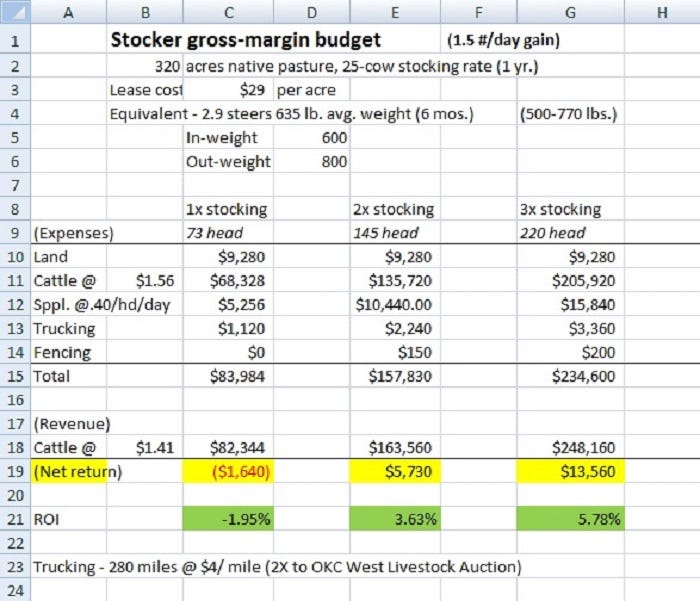
I'm often reminded that Dave Pratt, owner of Ranching for Profit schools, says most ranchers don't even believe they can made a profit.
I'd answer that if you keep doing what you've always done, you'll keep getting what you've always gotten.
Tradition is killing us. Calf prices are dropping just like the pundits warned us they would, and just like anyone who's been around a few years knew they would (although one fool told me back in 2015 there would never be another bad day and the cattle business). Cow costs have risen and stayed too high as calf prices drop. Land prices are so high no reasonable person can enter the business and only the rich or the inherited can play cowboy.
Am I being too negative? Perhaps a little more than I should?
But here are a few facts that lead me to such statements and which you may find interesting. I have in my hands data from three dozen large, professionally managed ranches which shows true net profit of 2.7% for last year, and the expectations are worse for 2017, based on calf prices and cow costs.
I've been looking the last few days at farm data from North Dakota and Minnesota and cow-calf operations, on the average, are poorly profitable, if at all. Of course, averages only tell the middle of the story. Oddly enough, the larger operations with crop ground as a significant portion of the operation appear to be the most profitable, despite extremely difficult conditions for row-crop profits in recent years.
Also, last week I ran some data through my stocker budgets and found a reasonable value of gain between steer classes, but little profit opportunity at typically high rental rates. This means only those people who own their ranches lock, stock and barrel have solid profit opportunities under traditional management.
Therein lies the problem, in my opinion. We're so bound in tradition that we keep continuous grazing long after it quit working, and then entered into a size race with the cow incorrectly defined as the primary unit of production and have never really let up on that accelerator. In addition, we tend to think the only way to make money is by adding pounds to cattle, which is another traditional way of thinking, that in reality ain't always so.
I've been working with Wally Olson in recent years to talk about different ways of buying, selling and marketing cattle. I've worked with Gordon Hazard some on sell-buy marketing and wise use of money. I've explored the idea of individual cow production versus production per acre and net profit and return on assets per ranch. I've written stories with good grazing managers and holistic managers about how they same more and make more for 20 years. I'll keep doing that. It's all about changing the way you think about production and profit.
With this story I'm providing a very basic budget showing the difference in potential profit from simply improving the land so you can run more cattle. This is a basic summer-grass plan with steers. The longer story on this will be in the October Beef Producer magazine, and we'll run it here on the website, too.
Olson says you can't really ever think outside the box, but you can make it bigger. He may be right, but we all need to expand our view of the world and especially of our businesses.

This budget uses mid-August pricing for cattle to compare land costs and the value of developing higher stocking rates with adaptive multi-pasture grazing.
About the Author(s)
You May Also Like




